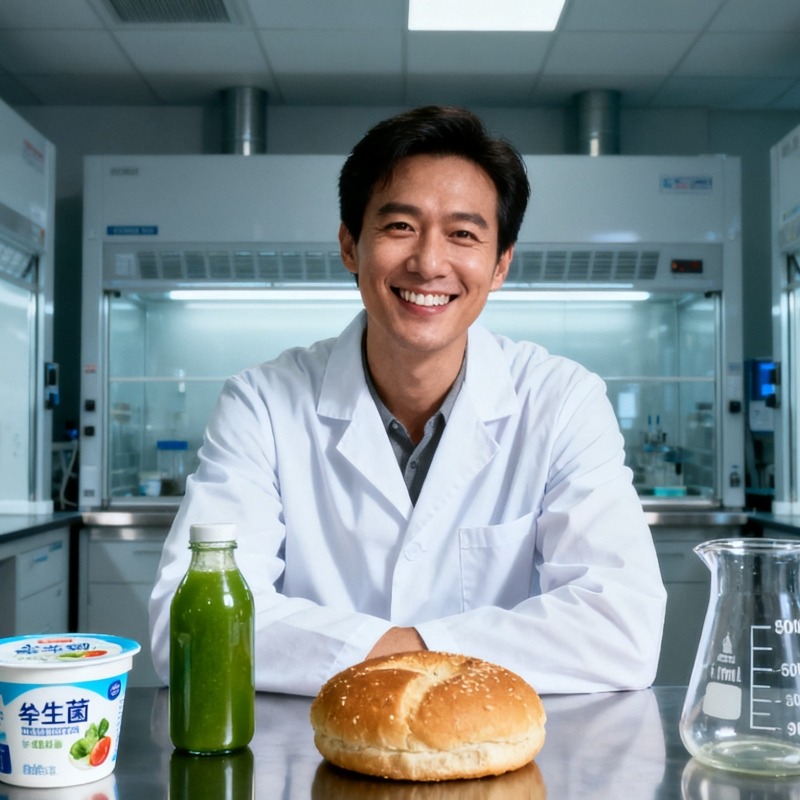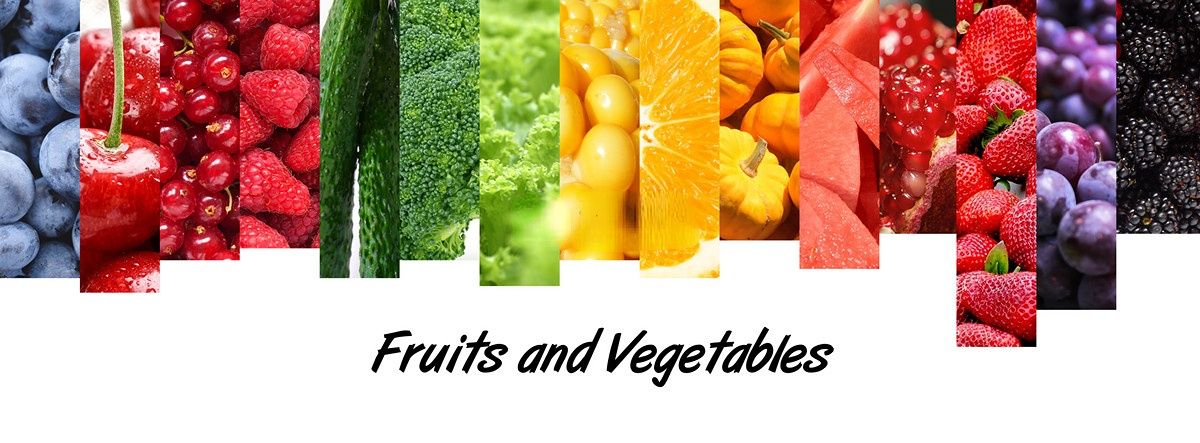In today’s world, “food additives” often get a bad rap. Scary headlines and misleading information can make it confusing to know what’s safe. But what’s the real story? As experts in the field, we’re here to clear the air. This blog post answers the most common questions we get about food additives, based on science and regulation.
Q1: Are all food additives bad for you?
A: This is the biggest misconception. Not all additives are created equal. The vast majority are extensively tested and deemed safe for consumption by stringent regulatory bodies like the FDA (U.S. Food and Drug Administration) and EFSA (European Food Safety Authority), and strictly enforced according to China’s GB 2760 standard. They serve crucial purposes like preventing spoilage (preservatives), maintaining texture (emulsifiers, stabilizers), and ensuring food safety. The key is to understand their function and that they are used within strict safety limits.
Q2: What’s the difference between “Natural” and “Artificial” or “Synthetic” additives?
A: The difference lies primarily in their origin:
Natural Additives: These are obtained from natural sources like plants, minerals, or animals. Examples include beet juice (for red color, E162), ascorbic acid (Vitamin C from fruits, E300 as an antioxidant), and lecithin (from soy or eggs, E322 as an emulsifier).
Artificial/Synthetic Additives: These are created in a lab to mimic natural compounds or to create new stable and effective substances. Examples include certain food colorings and aspartame (an artificial sweetener).
Q3: I see “E Numbers” on labels. What do they mean? Should I avoid them?
A: An “E Number” (e.g., E330, E415) is simply a code assigned by the European Union to an additive that has passed rigorous safety tests and is approved for use. It’s a sign of a regulated and standardized substance, not a warning. For example:
E300 is Ascorbic Acid (Vitamin C)
E322 is Lecithin (found in egg yolks and soybeans)
E406 is Agar (a gelatin substitute from seaweed)
Avoiding all E Numbers is unnecessary and would drastically limit your food choices. They are a tool for international standardization.
Q4: How can I make informed choices about the additives in my food?
A:
Educate Yourself: Learn the common additives and their functions. Don’t fear the name; learn its purpose.
Read Labels: Get in the habit of checking ingredient lists. This helps you understand what you’re consuming.
Focus on the Big Picture: A balanced diet rich in whole foods like fruits, vegetables, and grains is more important than worrying about minimal amounts of additives in some products. Moderation is key.




